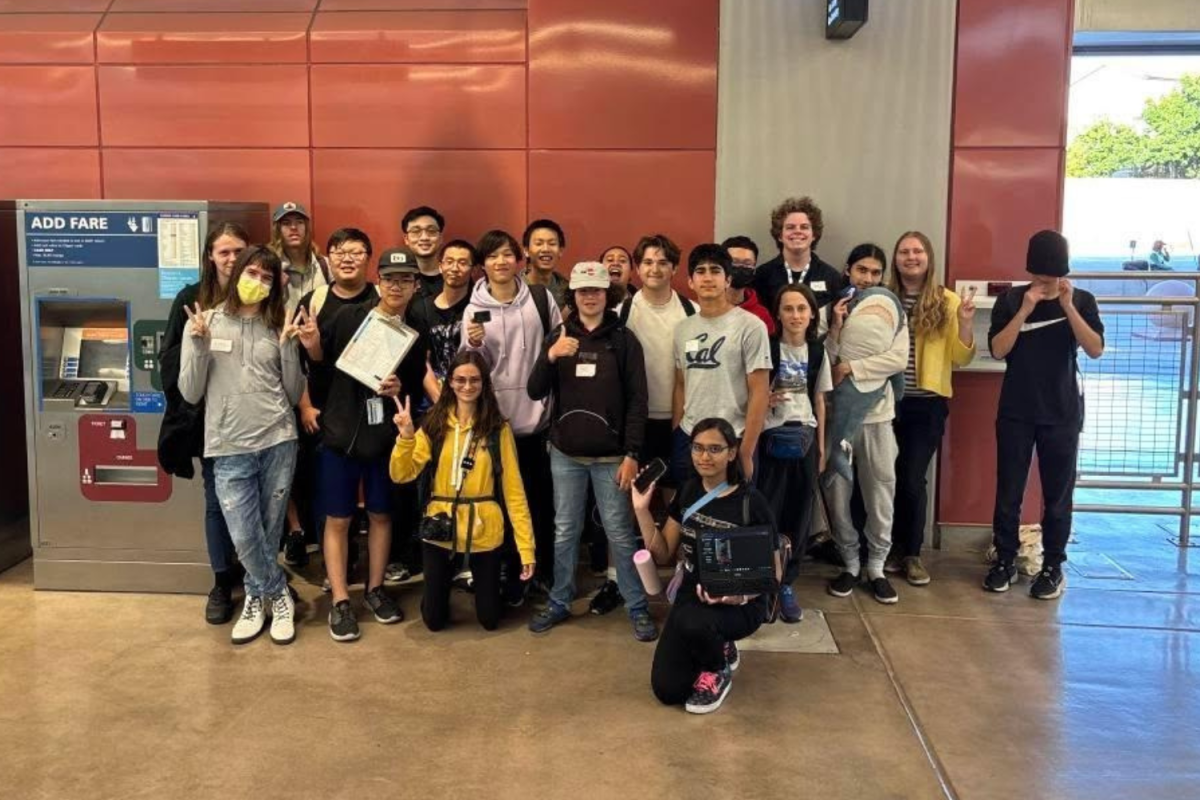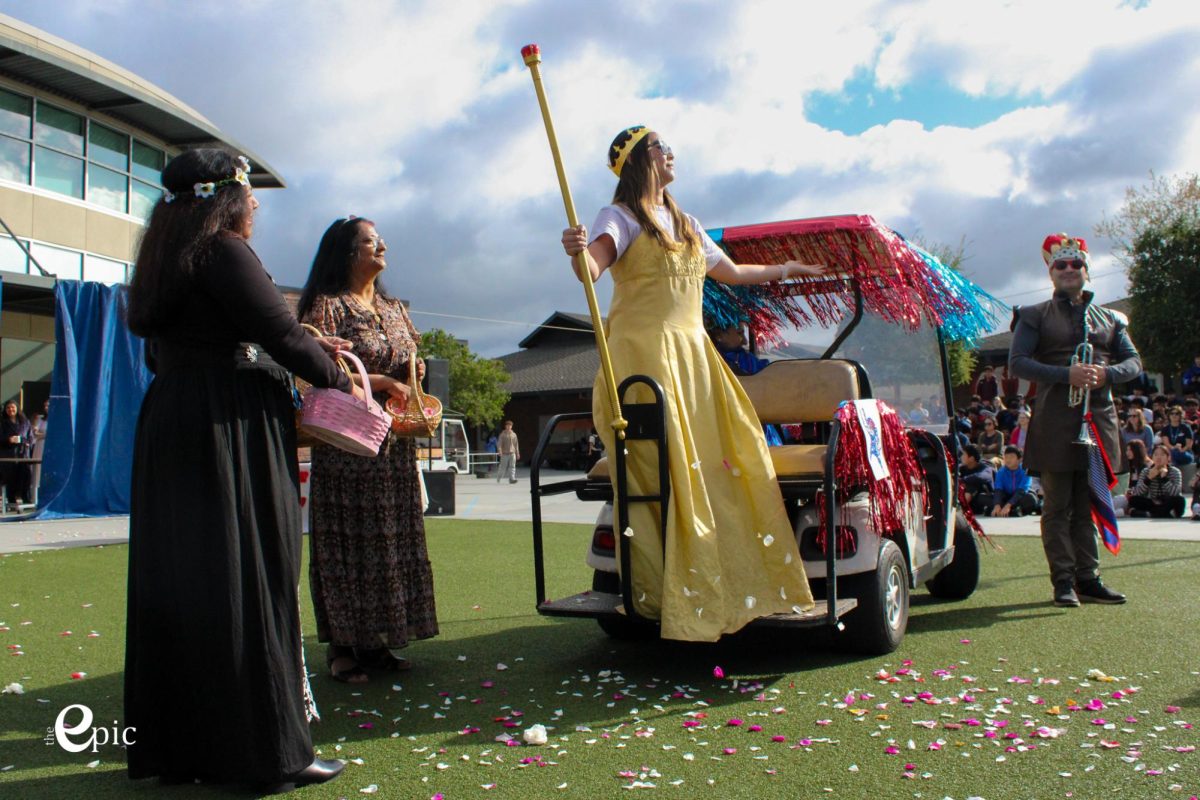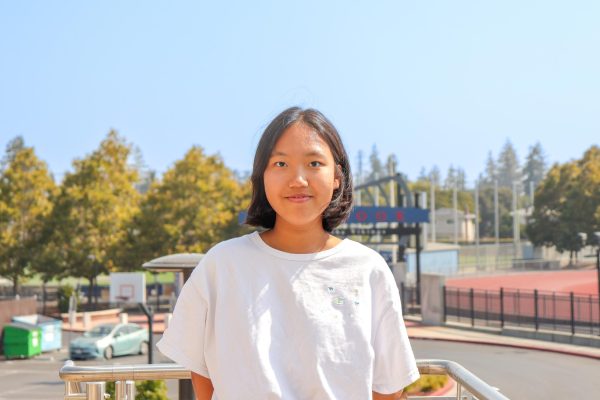I remember the mornings of my childhood vividly — the cold breeze, the scent of freshly cut grass, the melody of birds singing in the distance and the anticipation of another day at school. But what made those mornings truly meaningful was the daily routine that I shared with my grandfather. Every day, he would take my hand and, together, we would embark on a journey up the small hill called Namsan behind our house to get to school. Little did my 5-year-old self know then that these walks were not just about getting to school; instead, they were about the invaluable lessons in mentorship that my grandfather taught me, one step at a time.
As a child, asking endless questions and retelling countless stories was what I did best, brimming with limitless energy and insatiable curiosity for the intriguing world around me. My grandfather, with his unwavering patience and love, was always there to indulge my non-stop chatter and musings. Regardless of how silly, illogical or unimportant my rambles may have seemed, he always granted me his full attention. With his wrinkled, rough hands, my grandfather guided me to explore my inquisitiveness.
One day, as we followed the narrow forest path, my grandfather began telling me the “Flower Kingdom” tale: a fictional story about lilies, delphinium, daisies and marigolds visiting the Flower Kingdom. As a part of the narrative, he told me to count the number of petals on the flowers we passed and remember them. While taking a break on a wooden bench from our long walk, a purple iris caught our eyes. My grandfather and I squatted down to have a closer look, and I started counting the number of petals out loud. Hana, dul, set. It had three petals. We encountered other flowers on our way to school, including a buttercup with five petals, a delphinium with eight petals, a cineraria with 13 petals and an aster with 21 petals. In the end, he revealed the unique pattern in the numbers: the Fibonacci sequence. Like magic, his story not only brought me to school in a split second, but also changed my perspective on math. Math was not limited to just textbooks, but rather existed everywhere, integrated into our daily lives.
Since my sophomore year in high school, I started volunteering as a tutor for the Peer-to-Peer program, where I helped elementary school students understand pre-algebra. One student whom I still remember is Jacob, a fifth grader who loved reading. Every class, he would give me weekly updates on what books he was reading with his eyes reflecting genuine interest in reading. However, he soon lost the twinkle in his eyes when I tried to change the topic to factorization, square roots or exponents.
Eager to recreate the same compelling learning environment for him that my grandfather provided for me, I frequently sought guidance from him and embraced his counsel to consider my creativity as a method for engaging with students and the world. Ultimately, this philosophy propelled me to create my own teaching materials, including fictional math stories to spark his interest. From “Ruler Competitions” to “How to Find Roots?” I wrote fictional stories to translate complex math theories into comprehensible narratives. Soon, my effort seemed to bear fruit as he aced the state’s standardized test and became qualified to take an advanced math class the following year.
Last summer, I eventually compiled all of the stories my grandfather and I created, publishing the math textbook, “Interesting Math Stories for Logical Thinking.” This project is a permanent expression of our shared values and a written record of our creative lives. It captures the multi-faceted nature of our engagement with the world and our effort to leave a lasting impact. My grandfather has influenced my academic journey by teaching me what true mentorship should look like. As I look forward to college and beyond, I hope to carry on the legacy of my grandfather, my insightful and ever-creative hero.










































































